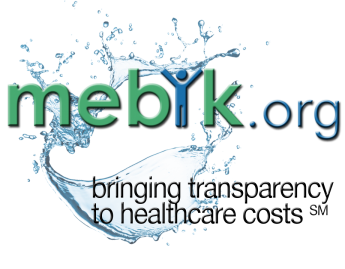Mebik tests price transparency

Mebik, a Seattle-area startup launching today, is testing the limits of medical cost transparency.
The present site is fairly rudimentary and only covers dentists, but it's good enough to give users a good idea of what they're getting.
Here's how it works. Users can input the numbers on a bill, and the type of procedure comes off a drop-down list. Click submit and the site says how that price measures up against local and national averages.
Or just enter the procedure desired, let the site figure out the billing code, and get the data that's already there. The site identifies the user location as soon as they arrive. Its secret sauce is an ability to translate between billing codes and simple English, so consumers need just type in what they know and it will tell you what it knows.
A spokesperson admits the initial business model, advertising, is also just an interim step. Longer term they are looking to partner with insurance companies and medical providers who will give their customers access to the Web site.
The goal of the site is price transparency, which American College of Physicians says should be the main goal of health reform. The site also supports the AFP's guidelines for such sites:
- Price transparency is an admirable goal.
- The methods used to assure it should be transparent, with protections to assure validity.
- Presentation of prices should be clearly understood and reflect limitations in the method.
The Mebik spokesperson admits that not all specialties are subject to the benefits of price transparency. Ambulances still have "intravenous permission" to sell you blood and life-saving drugs without your involvement in the price discussion.
But she offered the example of Lasik surgery. "It started out being incredibly high cost. Because the price was transparent, it went down and quality went up. It was an absolute benefit."
She added, "After leaving my last job I didn't have insurance for six months. You're also seeing companies tell employees to chip in more of the cost. As those things happen you're going to have an incentive to be more cost conscious, even if you have insurance."
Having a consumer's thumb on the price scale is a good thing, but who pays for it?
